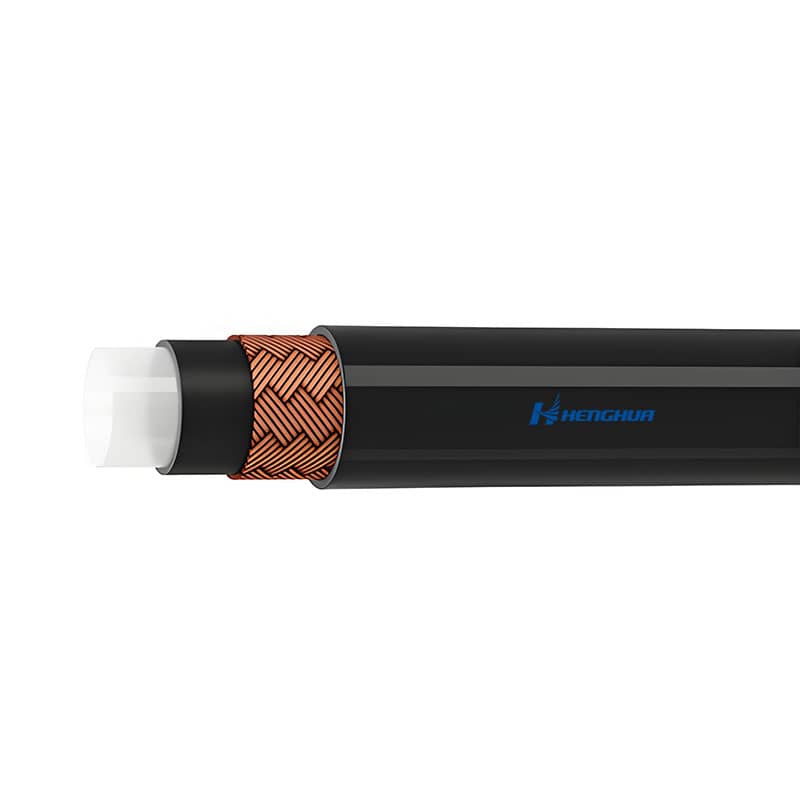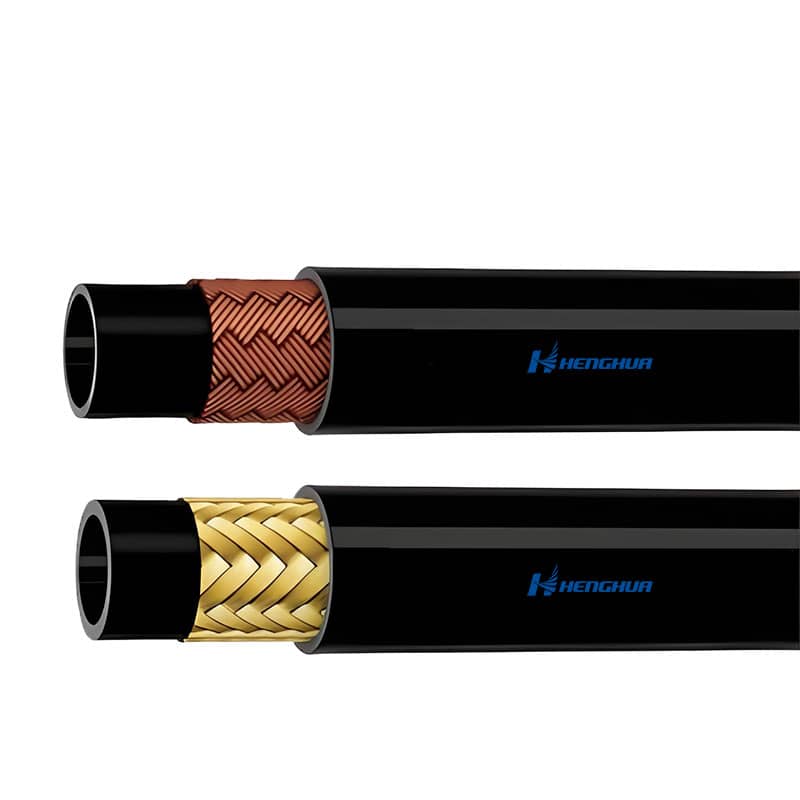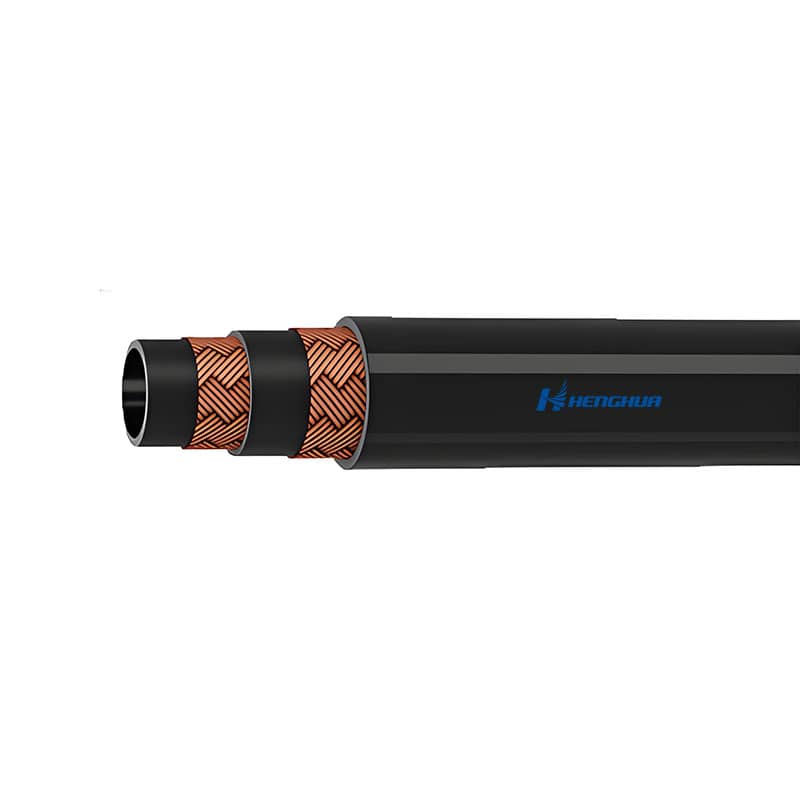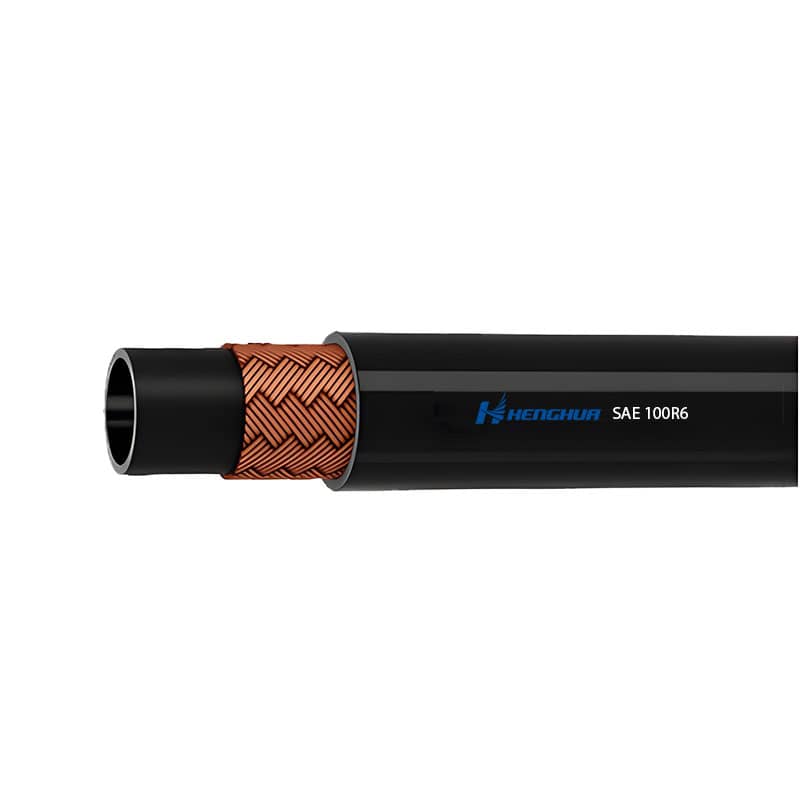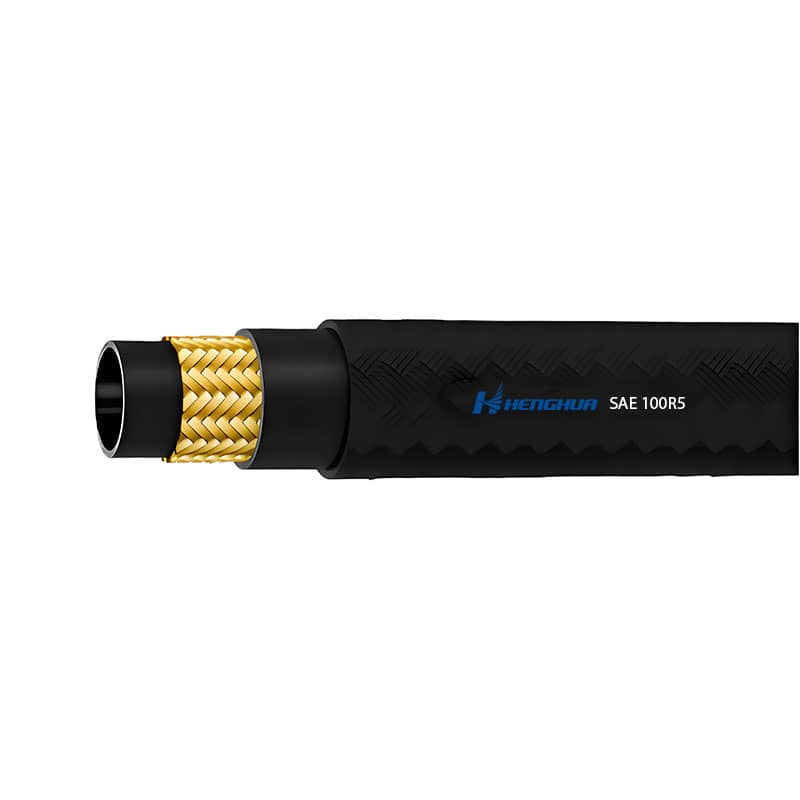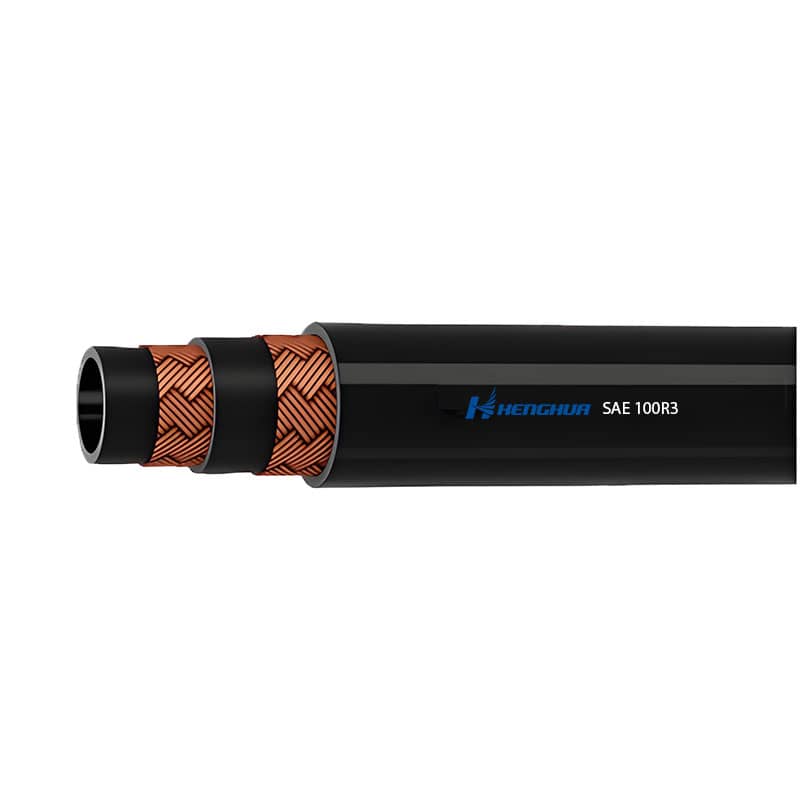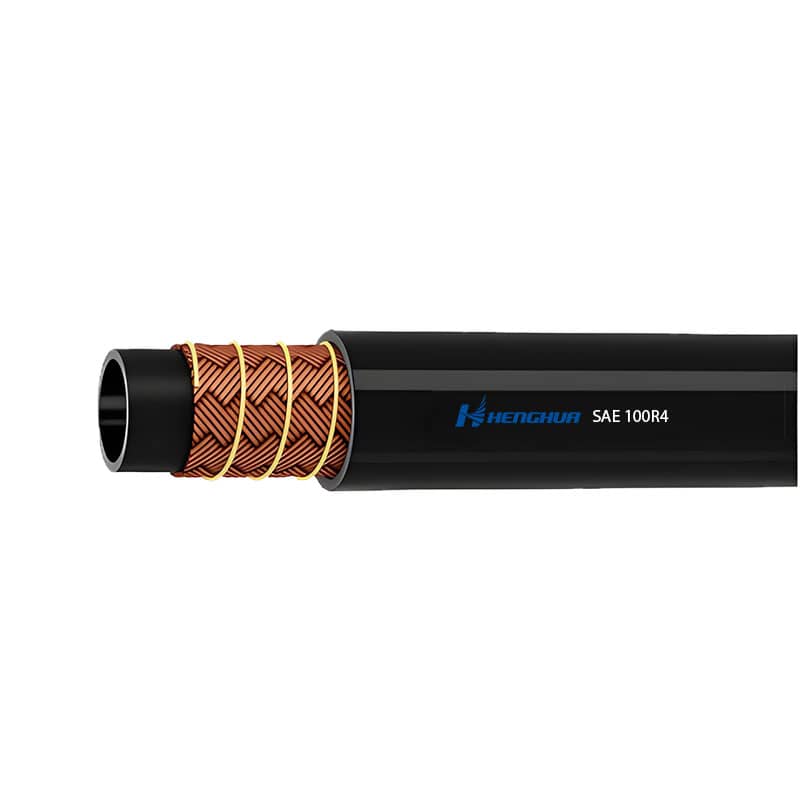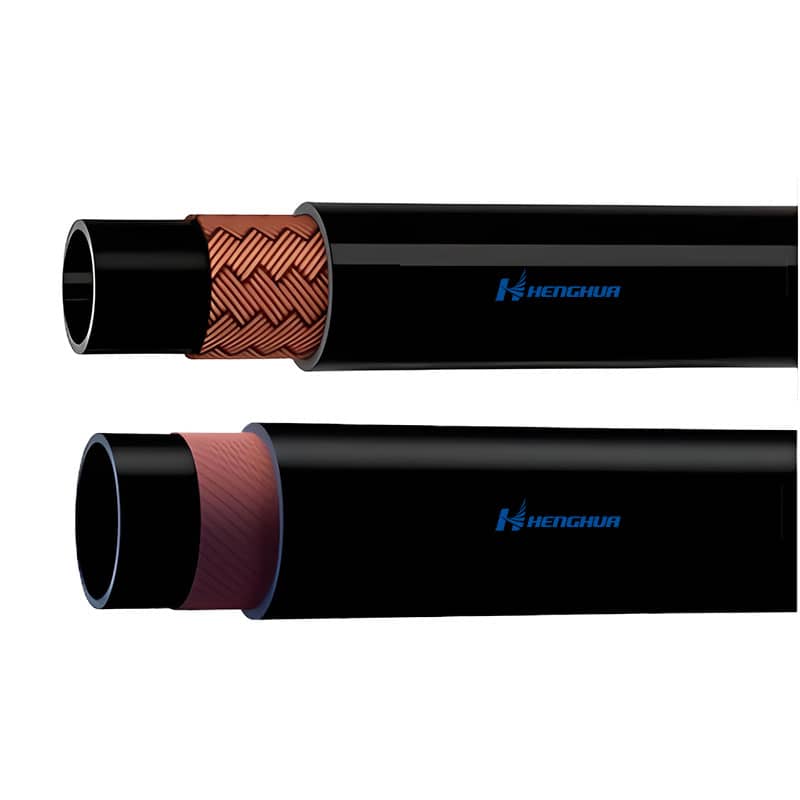When it comes to selecting the right hydraulic hose for your system, it's crucial to understand the various factors that influence hose performance and longevity. A hydraulic hose is designed to transport pressurized fluid within hydraulic systems, providing the necessary force to operate machinery and equipment. With the right hose, you ensure smooth, efficient, and safe operation of your system.
In this article, we'll cover the essential factors to consider when choosing a hydraulic hose, the importance of selecting the correct fittings, and how to maintain your hoses to maximize their lifespan. If you want to learn more about the assembly process, check out How To Assemble A Hydraulic Hose Like A Pro: Step-By-Step.
1. What is a Hydraulic Hose?
A hydraulic hose is a flexible pipe that connects different parts of a hydraulic system, allowing fluids to flow between components like pumps, actuators, and valves. These hoses are specially designed to handle the extreme pressure conditions and to be resistant to wear, chemicals, and temperature fluctuations. Choosing the right hydraulic hose for your application is crucial for system reliability and performance.
Hydraulic hoses come in various materials, sizes, pressure ratings, and types of reinforcement. The specific type of hose you need will depend on factors like the type of fluid used, pressure levels, environmental conditions, and more.
For more information on choosing the best hose, read How To Choose The Best Custom Hydraulic Hose For Your Equipment.
2. Key Factors to Consider When Choosing a Hydraulic Hose
A. Pressure Rating
The pressure rating is one of the most important aspects when choosing a hydraulic hose. It's crucial that the hose can withstand the pressure generated by the hydraulic system. Hydraulic hoses are typically rated based on their maximum working pressure, burst pressure, and impulse pressure. If the hose's pressure rating is too low, it may fail under pressure, causing leaks or even dangerous ruptures.
For high-pressure applications, you might need hoses like the 3 16 high pressure hose or 3 4 high pressure hydraulic hose, which are designed to handle pressures up to 4000 psi and beyond.
B. Hose Material and Reinforcement
The material of the hose determines its durability and resistance to damage. Rubber hoses are flexible and commonly used in hydraulic applications, but they may not perform well in harsh environments or under extreme temperatures. For applications that require enhanced resistance, consider hoses made from thermoplastic materials or braided steel reinforcements, like the 3 4 inch hydraulic hose.
Additionally, the hose's reinforcement plays a critical role in preventing collapse under pressure. Reinforcement types include braided, spiral, or woven fibers, each suited for different applications.
C. Temperature Range
Hydraulic hoses must also be able to handle the temperature fluctuations that occur in certain environments. Depending on your system’s needs, hoses may need to function in temperatures ranging from extremely low to extremely high. Ensuring your hose can withstand these temperatures is key to avoiding premature failure or degradation.
If you're unsure about which hoses can handle your system's temperatures, refer to What Factors Affect The Lifespan Of Hydraulic Hoses? for more insights on temperature resistance.
3. Hydraulic Hose Fittings
Once you've selected the right hydraulic hose, you also need to choose the proper hydraulic hose fittings. Fittings are critical to ensuring a secure connection between the hose and the components of your system. There are different types of fittings available, such as 3 16 hydraulic hose fittings and 3 4 hydraulic hose fittings, which must be matched with the correct hose size and material.
Fittings come in several forms, including threaded, compression, and quick-connect fittings, and each has specific advantages based on the type of fluid or environment. Always ensure compatibility between your hoses and fittings to prevent leaks or failures.
4. How to Choose the Right Hydraulic Hose for High-Pressure Systems
For high-pressure systems, it's especially important to choose a hose that can handle the stress without failing. A 3 4 inch high pressure hose or a 3 16 hydraulic hose with high-pressure ratings will help maintain safe operation under high load conditions. Be sure to check the hose’s working pressure and burst pressure to ensure it aligns with your system's specifications.
A high-quality hose, such as the 3 8 hydraulic hose or 2 inch high pressure hose, will ensure a safer and more durable system, reducing the likelihood of pressure-related failures.
5. Installation and Maintenance Tips
After selecting the correct hydraulic hose and fittings, it's important to install and maintain the system properly. If you’re new to hydraulic hose assembly, check out How To Crimp Hydraulic Hoses And Fittings Properly for step-by-step instructions. Ensuring proper installation and regular maintenance will maximize the lifespan of your hoses and prevent unexpected system downtime.
Choosing the right hydraulic hose for your system involves considering pressure ratings, material, reinforcement, and temperature requirements. By carefully assessing these factors, you can select the best hose that ensures the longevity and efficiency of your system. If you're in need of reliable suppliers, learn more about How To Find Reliable Hydraulic Hose And Fitting Suppliers Near Me? for local options. Always remember that proper hose selection, installation, and maintenance will keep your system running smoothly and safely.
For further insights on how to choose the best hydraulic hose for your needs, refer to 10 Secrets To Choosing The Perfect Hydraulic Hose For Any Job.


